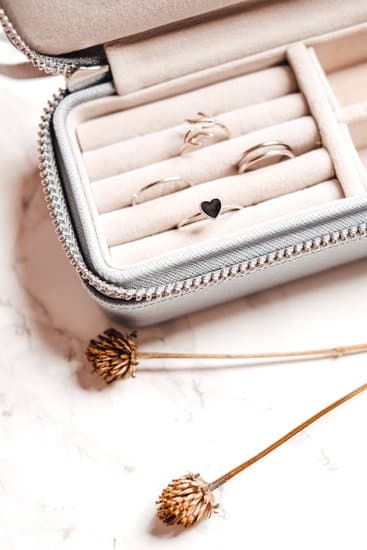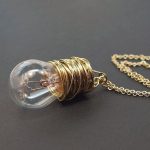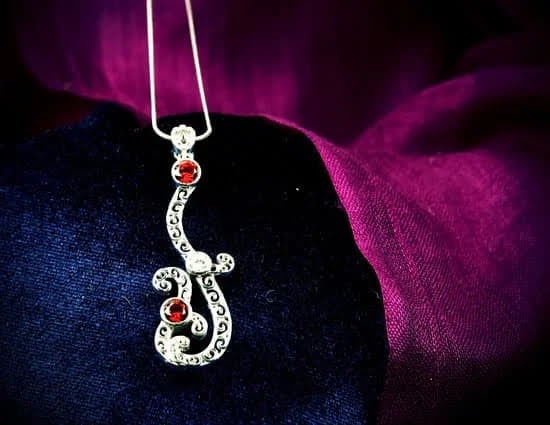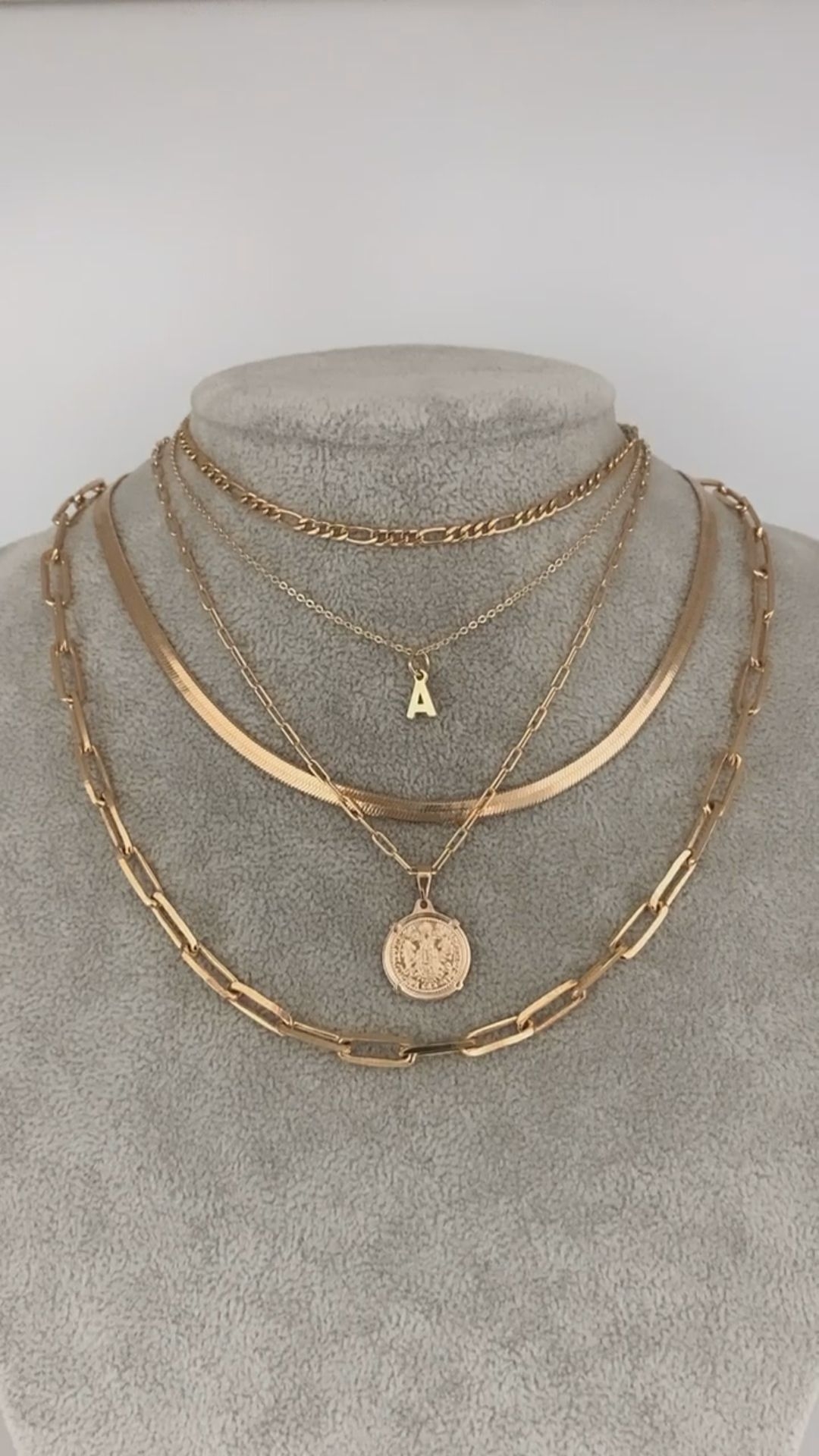The history of choker jewelry dates back to ancient civilizations and has seen a remarkable evolution over the centuries. From symbolizing wealth and status in the Renaissance era to becoming a rebellious fashion statement in the punk and grunge movement, chokers have made their mark in various cultures and time periods.
Chokers have a rich and diverse history that has contributed to their enduring allure in modern-day fashion. This article will explore the origins and evolution of choker jewelry, shedding light on its significance in different historical contexts and its influence on contemporary style.
We will delve into the ancient origins of chokers, their role in the Renaissance as a symbol of wealth, their revival in the 20th century, their association with rebellion in the punk and grunge movement, their presence in pop culture, and their impact on modern-day street style and high fashion. By examining these different stages of choker jewelry’s history, we can gain a deeper understanding of why it continues to stay stylish and relevant today.
The Ancient Origins
Chokers in early civilization have a rich and diverse history that dates back thousands of years. The origins of choker jewelry can be traced to ancient civilizations such as the Sumerians, Egyptians, and Greeks. In these early societies, chokers were worn not only for aesthetic purposes but also held significant cultural and religious meanings.
The Sumerians, who inhabited present-day Iraq around 4,500 years ago, were one of the earliest known civilizations to adorn themselves with choker-style necklaces. These chokers were often made of gold and lapis lazuli beads and were believed to symbolize status and wealth.
Similarly, in ancient Egypt, chokers were worn by both men and women as a symbol of protection and prosperity. The famous gold funerary mask of Tutankhamun features the young pharaoh wearing a broad collar necklace that closely resembles a modern-day choker.
In ancient Greece, chokers known as “gorgerins” were popular among women during the Hellenistic period. These necklaces were made of intricate gold designs and were often worn by royalty and aristocrats as a sign of social standing. The significance of chokers in early civilizations serves as a testament to their enduring appeal throughout history.
| Early Civilization | Cultural Meaning |
|---|---|
| Sumerians | Status and wealth symbol |
| Egyptians | Protection and prosperity symbol |
| Greeks | Sign of royal or aristocratic status |
Chokers in the Renaissance
During the Renaissance period, choker jewelry became a symbol of wealth and status, especially among the nobility and upper class. It was during this time that chokers were adorned with precious gemstones, pearls, and intricate designs, signifying the wearer’s social standing and affluence. Let’s delve into the history of choker jewelry during this fascinating era.
The popularity of chokers in the Renaissance can be attributed to their association with royalty and the elite. They were often worn as a symbol of prestige and power, highlighting the opulence of the wearer’s attire. Chokers were crafted from luxurious materials such as velvet, silk, and adorned with elaborate embellishments such as gold filigree, jewels, and intricate embroidery.
To further explore the significance of chokers during the Renaissance period, here are some key points to consider:
- Chokers were favored by both men and women in high society.
- The design and ornamentation of chokers varied based on regional styles and cultural influences.
- Chokers were often worn as part of formal attire for grand events, banquets, and royal functions.
In essence, chokers during the Renaissance era represented more than just a fashion accessory-they embodied an individual’s social standing, elegance, and taste for luxury. The allure of these exquisite necklaces continues to fascinate fashion enthusiasts today, serving as a timeless reminder of their historical significance.
The Revival in the 20th Century
The 1920s, also known as the “Roaring Twenties,” was a time of significant cultural and social change, and choker jewelry became an iconic accessory during this period. As one of the most notable fashion trends of the decade, chokers were seen as a symbol of liberation and modernity, reflecting the bold spirit of the era.
The Flapper Movement
The rise of choker jewelry in the 1920s can be attributed to the flapper movement, which challenged traditional gender roles and embraced a more liberated lifestyle. Flappers, who were known for their rebellious attitudes and progressive ideologies, adopted chokers as a form of self-expression. These women often rejected conventional norms by wearing shorter hemlines, cutting their hair into bobbed styles, and accessorizing with bold statement pieces like chokers.
Art Deco Influence
Another contributing factor to the popularity of choker jewelry in the Roaring Twenties was the influence of Art Deco design. This artistic movement embraced geometric shapes, vibrant colors, and intricate patterns, all of which were reflected in the designs of chokers during this time. The combination of sleek lines and luxurious materials made chokers a coveted accessory among fashionable individuals seeking to embody glamour and sophistication.
Celebrity Endorsement
Furthermore, prominent figures in popular culture began to embrace choker jewelry, which further propelled its widespread appeal. Actresses like Louise Brooks and Josephine Baker were often spotted wearing chokers on screen and at social events, cementing the accessory’s status as a must-have item.
The allure of choker jewelry continued to grow as celebrities from different industries showcased their affinity for this trend both on and off the stage, reinforcing its association with style and elegance during one of history’s most vibrant decades.
The resurgence of interest in historical periods such as Art Deco has once again brought attention to vintage fashion trends like chokers from this era. In today’s fashion landscape, we continue to see reinterpretations that pay homage to the glamour and allure that characterized 1920s style.
Chokers in the Punk and Grunge Movement
During the 1970s and 1980s, choker jewelry experienced a revival as part of the punk and grunge movements. This period marked a significant shift in fashion, with young people rejecting traditional styles and opting for more rebellious, nonconformist looks. Chokers became a popular accessory among those who embraced these subcultures, representing a departure from the mainstream and a rejection of societal norms.
Chokers in Punk Culture
In the punk scene, chokers served as a symbol of defiance and anti-establishment sentiments. They were often worn by both men and women as a way to express individuality and rebellion.
The edgy aesthetic of punk culture was reflected in the design of choker jewelry, which often featured unconventional materials such as leather, spikes, studs, and chains. This “do-it-yourself” approach to fashion also played a role in the popularity of chokers within the punk community, as individuals would customize their own accessories to reflect their personal style and beliefs.
Chokers in Grunge Culture
Similarly, chokers gained traction among followers of the grunge movement, which emerged in the Pacific Northwest during the early 1990s. Grunge fashion was characterized by its minimalist and unkempt appearance, reflecting an ethos of apathy towards consumerism and mainstream culture.
Chokers fit seamlessly into this aesthetic, as they added an element of edge and nonchalance to otherwise casual ensembles. Often seen paired with flannel shirts, ripped jeans, and combat boots, chokers became synonymous with the laid-back yet rebellious attitude of grunge culture.
The Legacy of Choker Jewelry in Subcultural Movements
The resurgence of choker jewelry during the punk and grunge movements has left a lasting impact on its association with countercultural expression. While these subcultural movements have evolved over time, chokers continue to be adopted by individuals seeking to make a statement through fashion. Their enduring appeal speaks to their ability to transcend eras and remain relevant as symbols of resistance against mainstream norms.
Chokers in Pop Culture
Chokers have played a significant role in pop culture, with various influential figures sporting this jewelry throughout history. From Princess Diana to the Kardashians, chokers have cemented their place as a fashion statement that continuously captures the public’s attention. Let’s take a look at how chokers have made their mark in pop culture over the years.
Below are some key moments in pop culture where chokers took the center stage:
- Princess Diana: The beloved princess was often seen wearing elegant pearl and diamond chokers, elevating this accessory to a symbol of grace and sophistication.
- Madonna: In the 1980s, Madonna popularized the edgy punk look with her layered rubber and leather chokers, influencing a generation of young individuals to adopt this rebellious style.
- The Kardashians: Known for their trendsetting fashion choices, the Kardashian sisters have brought chokers back into the spotlight in recent years. Whether it’s a simple velvet piece or a dazzling diamond-studded design, their affinity for chokers has sparked a resurgence of interest in this accessory.
The history of choker jewelry is deeply intertwined with influential figures who have used it to make bold fashion statements. From royalty to celebrities, these iconic personalities have helped solidify the enduring allure of chokers in modern-day pop culture. Whether it’s a symbol of elegance or rebellion, chokers continue to hold a prominent place in the world of fashion and entertainment.
Modern-Day Chokers
In recent years, choker jewelry has made a significant comeback in the fashion world, with a strong influence from street style and high fashion. This resurgence can be attributed to the cyclical nature of fashion trends, as well as the power of social media in propelling certain styles into the mainstream. Modern-day chokers have been seen on runways, red carpets, and everyday street wear, showcasing their versatility and enduring appeal.
One of the key influencers in bringing choker jewelry back into the spotlight is the rise of street style culture. Urban fashionistas and influencers have adopted chokers as a staple accessory, often pairing them with casual attire to add an edgy or bohemian touch to their looks. This has sparked a revival in the popularity of chokers among young consumers who are drawn to the effortless yet stylish aesthetic that this type of jewelry offers.
In addition to street style, high fashion designers have also played a significant role in redefining the modern interpretation of choker jewelry. Luxury brands have incorporated chokers into their collections, elevating them from a casual accessory to a statement piece for formal occasions. This shift has broadened the appeal of choker jewelry, making it accessible to diverse demographics and cementing its status as a timeless accessory.
| Modern-Day Chokers | Influence |
|---|---|
| Resurgence in fashion trends | From street style to high fashion |
| Social media impact | Propelling styles into mainstream |
The Enduring Allure of Choker Jewelry
In conclusion, the history of choker jewelry is a fascinating journey through time, culture, and fashion. From its ancient origins as a symbol of power and status to its resurgence in modern-day pop culture, chokers have maintained their allure and stayed in style for centuries. The enduring appeal of choker jewelry can be attributed to its adaptability to different fashion movements and cultural contexts.
Throughout history, chokers have been reinvented and reinterpreted to reflect the trends and values of each era. Whether as a symbol of wealth in the Renaissance or a rebellious fashion statement in the punk and grunge movement, chokers have always managed to capture the spirit of the times. They have also been embraced by various style icons, from Princess Diana to the Kardashians, further solidifying their place in popular culture.
Today, chokers continue to be a staple accessory in both street style and high fashion. Their versatility allows them to seamlessly transition from casual daytime wear to elegant evening ensembles.
With their ability to add an edgy or sophisticated element to any outfit, it’s no wonder that choker jewelry remains a timeless favorite among fashion enthusiasts. The rich history and enduring allure of choker jewelry suggest that this beloved accessory will continue to stay in style for years to come.
Frequently Asked Questions
What Does a Choker Symbolize?
A choker symbolizes various meanings depending on historical, cultural, or personal significance. In some cultures, it may represent power or status, while in others, it could symbolize protection or spirituality.
What Were Chokers Originally Used For?
Chokers were originally used as protective jewelry to guard against evil spirits or bad luck. They were worn by ancient civilizations and were believed to provide physical protection as well as spiritual defense.
Are Chokers Sexualized?
The sexualization of chokers is a modern interpretation based on fashion trends and pop culture. While some may associate chokers with certain subcultures or styles that are considered seductive, the meaning of a choker ultimately depends on the individual wearing it and their personal expression.

Welcome to my jewelry blog! My name is Sarah and I am the owner of this blog.
I love making jewelry and sharing my creations with others.
So whether you’re someone who loves wearing jewelry yourself or simply enjoys learning about it, be sure to check out my blog for insightful posts on everything related to this exciting topic!





